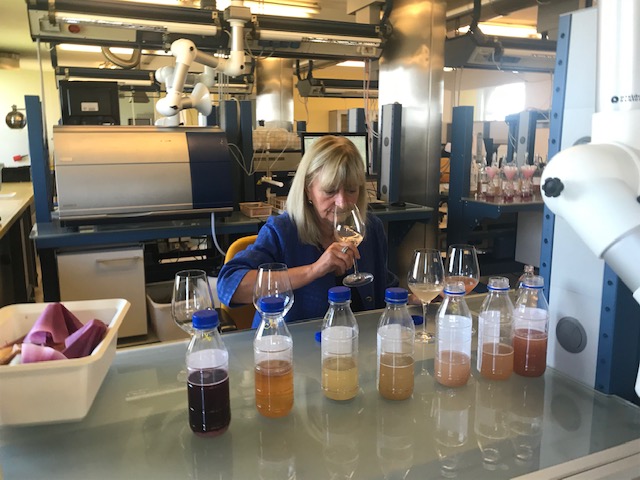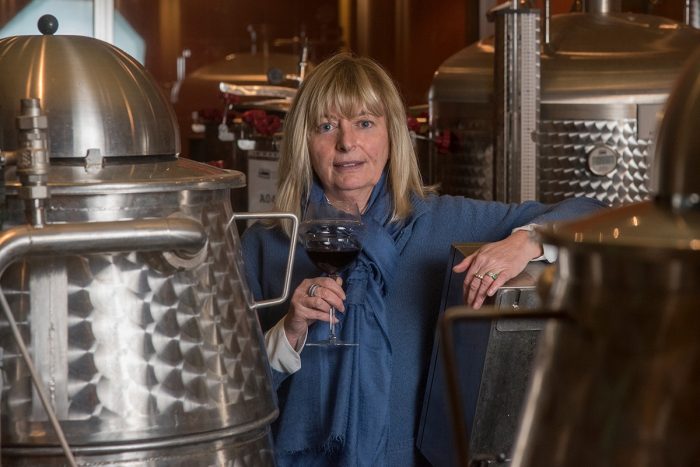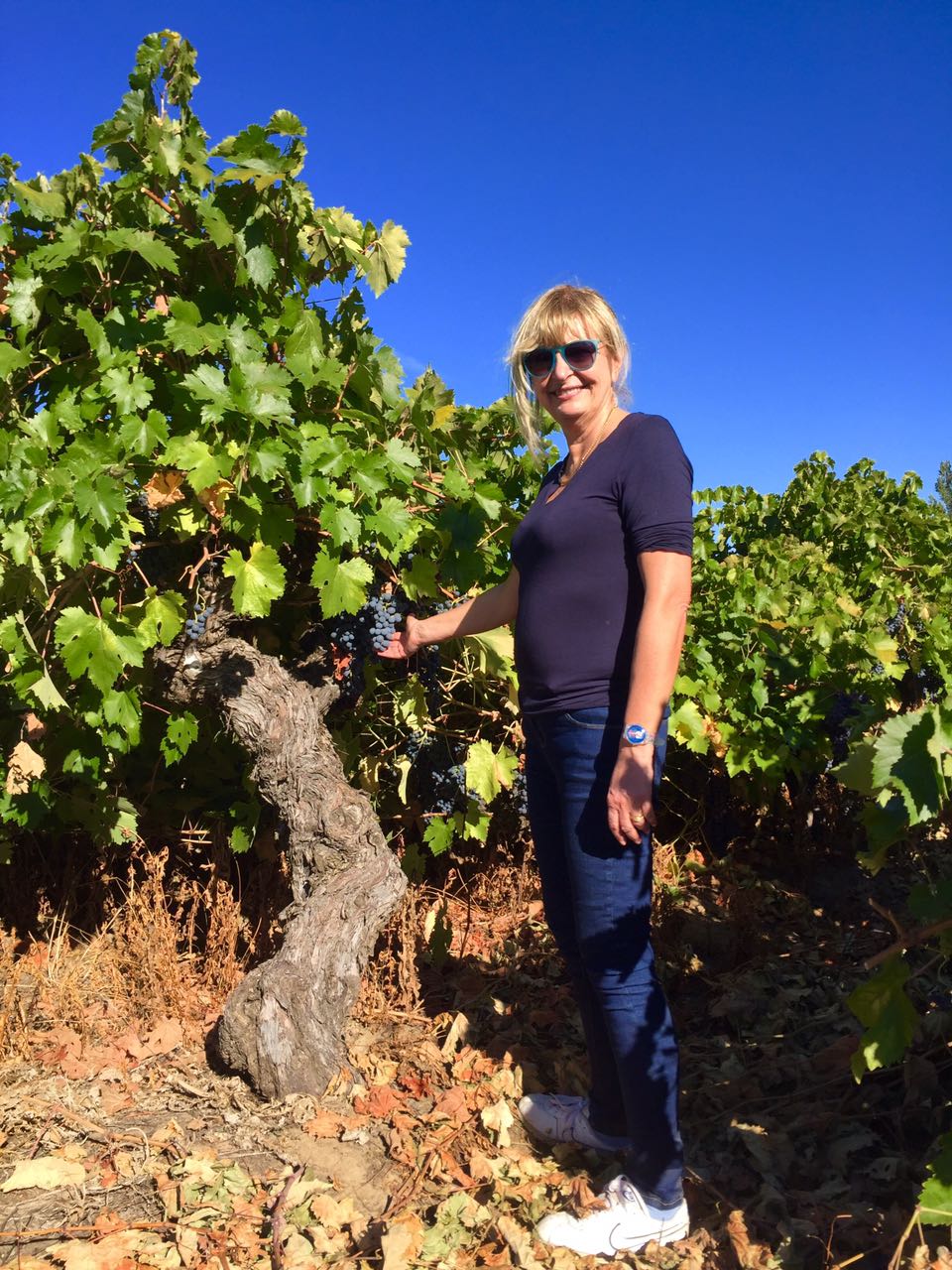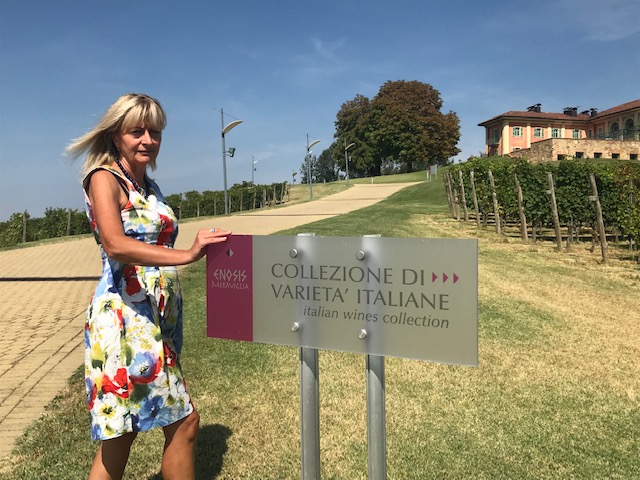The Wolf Post, supported by a Cultural Association, offers a professional service with free access, without subscription.
For this reason, a donation would also be a sign of appreciation for our work.
If in the second half of the nineteenth century European viticulture had to face the problem of phylloxera, today, and in the next few years, it will have to face a new obstacle: climate change. A global problem, which requires common policies on a global level. To understand how the national wine sector is analyzing and evaluating the first important signs of climate change, we asked the winemaker Dora Marchi for an opinion who illustrates her experience.

© Dora Marchi Enologa
Climate change has significantly altered important areas of our planet. According to your professional experience, are these changes already taking place in Italy too?
Of course, I can only express a professional opinion in the viticultural and consequently enological field, leaving the other aspects to people who are more experienced than me.
The increase in atmospheric CO2 and greenhouse gases causes an increase in temperatures which, inevitably, also affects the ripening of the grapes. In particular, in the presence of external temperatures around 35 ° C, in colored berries grapes the temperature inside the berries can even reach 50 ° C. Thus, a faster maturation follows which, in fact, “burns” some of the physiological passages, breaking the natural balance between aromas, tannins and the maturation itself.
This year, in some areas of Tuscany, within the same companies, important differences in the characteristics of the grapes emerged, with the same variety and grape variety. There are vineyards where photosynthesis has been blocked and the grapes have dehydrated and, therefore, a concentration of both sugars and acidity has resulted. In other cases, in which photosynthesis has however gone on, the grapes were particularly loaded with sugars, while the acids, and consequently the acidity, collapsed.
In summary, we can say that climate change has led, first of all, to a more rapid ripening of the grapes, forcing an early harvest. Then, it resulted in a greater accumulation of sugars in the grapes, which resulted in more alcohol in the wines. Last but not least, it resulted in lower average acidity and therefore higher pH, lower quantity of aroma precursors and higher quantity of unripe tannins.
Are there any interventions, including preventive ones, that it is convenient to adopt to start compensating for these changes in the climate?
Of course. It is necessary to act at the oenological level but, above all, at the viticultural level.
The root system is as important as the aerial one. Good practice is to choose rootstocks that go deeper and are drought tolerant. Then, it is necessary to change the management of the vineyards, choose training systems that shade the bunches more, avoid or moderate the practice of leaf removal and resort to shading systems such as, for example, some types of perforated sheets / nets, able to protect against too strong solar radiation.
Finally, at the enological level, it is necessary to invest in research: the traditional formulas and recipes of vinification/ aging are now obsolete if not out of date.

© Dora Marchi
In some countries of Northern Europe (Denmark and Sweden), albeit in minimal quantities, they have begun to produce wine. Studies speculate that in 50 years the climate of these countries will be at the level of Northern France. What do you think of these studies and, in his opinion, could they become the new frontiers of wine in Europe?
I do not exclude that wine grapes can also be produced in areas that are notoriously too cold, where it has always been difficult to bring the grapes to the right ripeness. However, these areas are unlikely to be on a par with those of Barolo or Brunello or Bordeaux. Great wines come from large territories where the climate is only one piece in the quality puzzle.

© Dora Marchi
As for the Italian situation, are you aware of the planning or construction of new plants at heights above sea level which were unthinkable until “yesterday”? How do you hypothesize this change and what will be the difficulties of this oenological “readjustment”?
I have not yet had the opportunity to work with these realities. In Italy, there are already plants at rather important altitudes; not everywhere, however, it is possible to achieve great quality.
Based on the experience gained up to now, I believe that areas at significant altitudes are more suitable for producing white wines and, certainly, equally important for producing sparkling wine bases.
As already mentioned, the climate is what makes the territories great, but that’s not all.
The territory is crucial, but in the French way of terroir that combines land, territory, climate and man. The roots of the vineyards count as much, if not more, than the aerial part, and mycorrhizae with microelements make the difference.
I think it is important to work to produce great grapes in suitable areas and, at the same time, to study new realities, but it will take time to understand what the vine can give at higher altitudes. Let’s not forget, then, that the vine begins to express its maximum potential only after 10/15 years from implantation.








